Items tagged "Playwriting"
8 Courses, 11 Units, 27 Lesson Plans, 22 Resources, and 2 PLCs tagged "Playwriting" for Drama Teachers.
Courses
The Top Ten Playwriting Exercises
by Lindsay Price
21st Century Skills Through Devising
by Allison Williams
Play Adaptation Project
by Lindsay Price
The Dilemma Project
by Claire Broome
How to Give Feedback to Student Playwrights
by Nicholas Pappas
Playwriting Outside the Lines
by Steven Stack
Screenplays 101 - Part 1: Basic Structure
by Nicholas Pappas
Screenplays 101 - Part 2: Basic Formatting
by Nicholas Pappas
Units
Devising
by Corinna Rezzelle
Playwriting
by Karen Loftus
Monologue Writing Made Easy
by Matthew Banaszynski
The Working Playwright *Hyperdoc
by Lindsay Price
Playwriting Unit: Beginner
by Lindsay Price
Playwriting Unit: 10 to 15 Minute Play
by Lindsay Price
Playwriting Kickstart: Multi platform
by Lindsay Price
Self-Management Playwriting
by Lindsay Price
30 Second Monologues
by Lindsay Price
Devising
by Corinna Rezzelle
Spoken Word Poetry
by Quincy Young
Lesson Plans
Story vs Monologue
by Lindsay Price
From Speech to Playwriting
by Lindsay Price
Prose Into Theatre
by Lindsay Price
The Foundations of Playwriting
by Lindsay Price
The Criteria of a Good Monologue
by Lindsay Price
Monologue Writing: The Need to Speak
by Lindsay Price
Writing a Two Character Scene
by Lindsay Price
Preparing to Rewrite
by Lindsay Price
Crumpled Paper
by Karen Loftus
Group Playwriting
by Karen Loftus
Subtext: Pass the Salt
by Lindsay Price
Create and Perform a Radio Play
by Kerry Hishon
Shakepeare's Words: Iambic Pentameter
by Kerry Hishon
Using Theatre to Share and Celebrate History
by Kerry Hishon
Playwriting: Forms and Prompts
by Lindsay Price
Playwriting: Analyzing and Applying a Form
by Lindsay Price
Emergency Lesson Plan: Jigsaw Puzzle Scene
by Lindsay Price
Emergency Lesson Plan: Theatrical Problem Solving - The Playwright in Production
by Lindsay Price
Emergency Lesson Plan: From Storyboard to Scene
by Drama Teacher Academy
Emergency Lesson Plan: Playwriting Concept - Get Comfortable with Being Uncomfortable
by Drama Teacher Academy
Emergency Lesson Plan: Playwriting Concept - I Can Make People Laugh or Cry With My Words
by Drama Teacher Academy
Emergency Lesson Plan: Playwriting Concept - The Blank Page is a Gift
by Drama Teacher Academy
Emergency Lesson Plan: Playwriting Concept - Perfection is the Enemy of Art
by Drama Teacher Academy
Emergency Lesson Plan: Reading Reflection and Response - Writer's Block is a Beast!
by Drama Teacher Academy
Emergency Lesson Plan: Reading Reflection and Response - I Can't Do It!
by Drama Teacher Academy
Emergency Lesson Plan: Reading Reflection and Response - My First Draft is Also My Final Draft Because it's Perfect!
by Drama Teacher Academy
Emergency Lesson Plan: The Basic Playwriting Rules
by Drama Teacher Academy
Resources
Self Reflection Sentence Starters
Drama Teacher Tune Up
Playwriting: Developing A Point of View
The 10 Line Scene
Headline Characters Exercise
Automatic Writing Prompts
The 24 Hour Student Playwriting Festival
What are the Structural Elements of a Script
Picture Prompts
Posters: Devising for the Drama Classroom (set of 4)
Send-Home Packet: Playwriting - Part One
Send-Home Packet: Playwriting - Part Two
Masterclass with Vincent Terrell Durham: Playwriting
How to Give Feedback to Student Playwrights
The Creative Sandbox: Your Journal
Playwriting Outside the Lines Poster Series
PLCs
Playwriting in the Classroom
Hosted by Matt Webster, Lindsay Price, Scott Giessler, Christian Kiley
Distance Learning: Playwriting
Hosted by Matt Webster, Lindsay Price
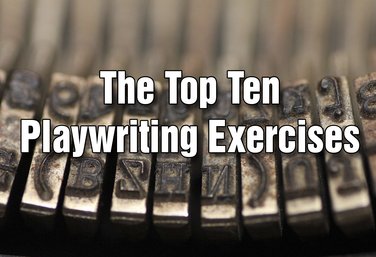

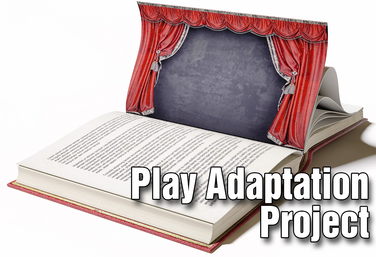

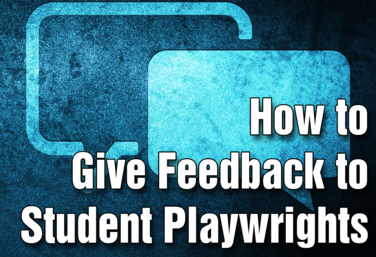

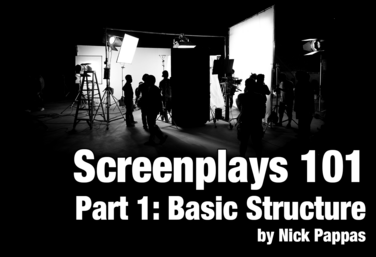
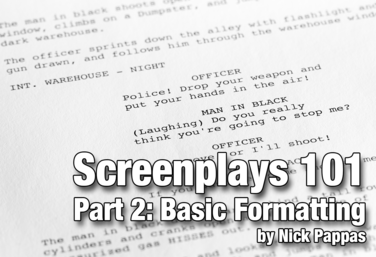
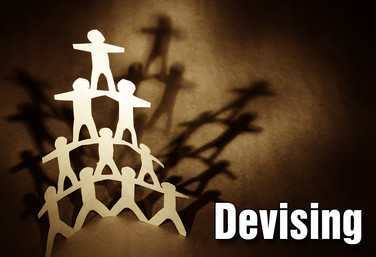
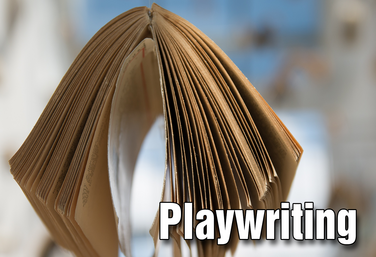
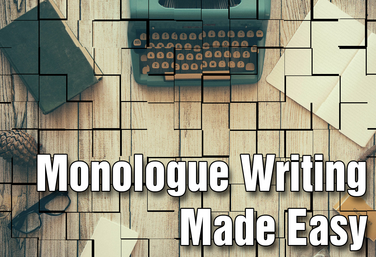
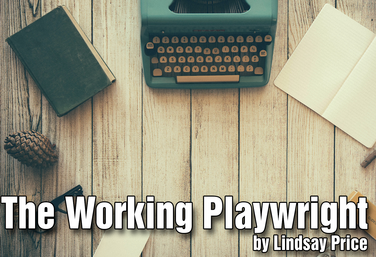
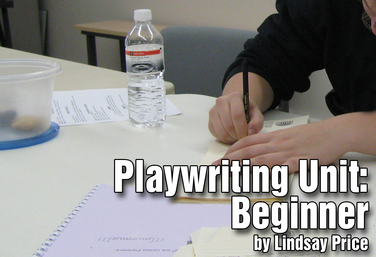
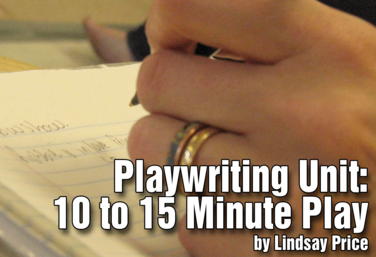
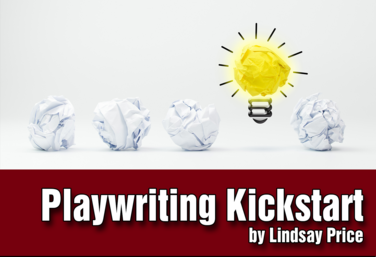
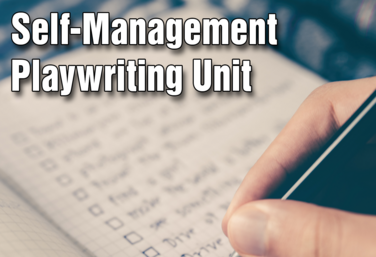
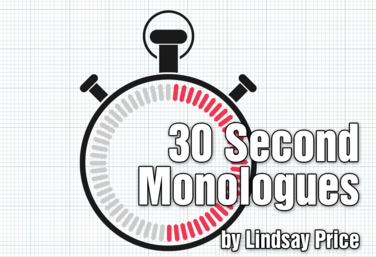
.png)




